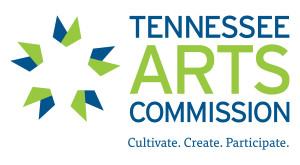At OZ Arts Presents
Instant Standing Ovation: “Electric…Profound…Beautiful”
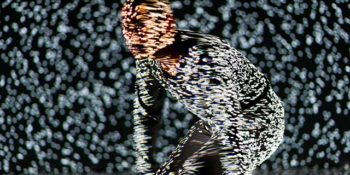
Experiencing contemporary art can sometimes feel like stepping foot into the unknown: one must be patient

and open your mind to the possibilities of what humans can create. Avant-garde Japanese artist Hiroaki Umeda brought to OZ Arts an unabashed contemporary presentation that feels like a fluid, sensorial experience mixed with fierce commotion that breaks the boundaries between body, light, and sound. Patience and open-mindedness are a virtue here. This is artistic director Mark Murphy’s first international guest to visit OZ Arts, and Umeda is truly an artist that encapsulates today’s contemporary art field.

Umeda began the evening with ‘split flow’. He is small, compact, and very still. A slow build, the dance begins with movements of various speeds. These eventually grow to something greater, while he is also expressing his velocity with light. How Umeda can fill the space and create an experience that pulls the viewer away from reality is striking. And the piece, ultimately, is exploring two distinct physical conditions – one that is dynamic and one that is static. With the intervention of body into static space, a different reality can be created with every stroke that the artist makes, every variation of light that paints the artist, and every sound that infiltrates the space.
Eventually, the listener can discern that the sounds are of different mass – whether it be water, oil, or air. And

that is just how sound can influence the space it enters, the body can also influence the space around it. The bursting yet tranquil light will make itself known and stop a scene in its tracks. Meanwhile, the glaring sounds will fight back and alter reality once more. And the dance of it all is just that: several mediums encountering, coexisting and influencing each other into totality. It’s satisfying knowing there’s no plan or motive to be had – but instead, various realities that pull the viewer in because of this entrancing dance.
These same workings are explored in the harmonious second piece, ‘Holistic Strata’, where “the common denominator of all movement is expressed in the distortion of hundreds of pixels.” The work is daring even by

contemporary standards. It’s as if Umeda has this entire dance coursing through his veins, and the utter cool factor of it all is what Nashville’s contemporary scene truly craves. Engulfed in swarms of pixels, the dancer’s
physicality is ultimately influenced by the varied world that the pixels create throughout the space. But the viewer perceives that the dancer’s body can just as easily manipulate the universe around him even as it is influencing the dancer.
This back-and-forth between chaos and synchrony can be interpreted in numerous ways. Ultimately, Umeda is creating a living organism that challenges the senses, and the result is chilling. Yes, the viewer can easily sit idly by and not give the pandemonium much thought, but what’s the fun in that? Just as Umeda creates and alters this mysterious world he created, he also challenges us: to experience sensations preceding the materialization of emotions. This is the oddness of it all, as well as the beauty.
Coming to TPAC:
Evan Hansen Lottery!

NASHVILLE, Tenn. – Described by the Los Angeles Times as a “cultural phenomenon,” Dear Evan Hansen makes its Nashville debut Sept. 10-15 at the Tennessee Performing Arts Center’s Jackson Hall. In advance of the one-week engagement, the production announces it will host a digital ticket lottery through Lucky Seat, offering fans the chance to purchase a limited number of $25 tickets per performance.

Lucky Seat will begin accepting entries 48 hours prior to the first performance at TPAC in Nashville and will be accepted until 9 a.m. CT the day before the performance.
Fans who have been selected will be notified daily via email and can then purchase up to two (2) tickets at $25 each. The ticket lottery will continue on a rolling basis for every performance in the engagement. All entrants are encouraged to follow Dear Evan Hansen on Instagram (@dearevanhansen), Twitter (@dearevanhansen) and Facebook (@DearEvanHansen) for additional lottery news and information.
Entrants must be 18 years or older. A valid, non-expired photo ID that matches the name used to enter is required for pickup. Seat locations awarded by the lottery are subject to availability. Additional lottery requirements can be found at www.luckyseat.com/
Dear Evan Hansen features a book by Tony Award winner Steven Levenson, a score by Grammy®, Tony® and Academy Award® winners Benj Pasek and Justin Paul (“La La Land,” “The Greatest Showman”), and direction by four-time Tony Award nominee Michael Greif (“Rent,” “Next to Normal”).
Declared “One of the most remarkable shows in musical theatre history” by Peter Marks of the Washington Post, Dear Evan Hansen opened at the Music Box Theatre to rave reviews on December 4, 2016.
There, it has broken all box office records and struck a chord with audiences and critics alike, including New York Times critic Jesse Green, who, in his May 2019 re-review of the show, declared it “more and more ingenious with each viewing. It is more hopeful than ever.”
In addition to winning six 2017 Tony awards and a 2018 Grammy Award, Dear Evan Hansen has won numerous other awards, including the 2017 Drama League Award for Outstanding Musical Production and for the off-Broadway production, two Obie Awards, a Drama Desk Award, and two Outer Critics Circle Awards and two Helen Hayes Awards. Dear Evan Hansen is also the winner of the Broadway.com Audience Choice Awards three years running and was just proclaimed the Best Long-Running Show and the Best Touring Production in the 2019 Broadway.com Audience Choice Awards.
Dear Evan Hansen, produced by Stacey Mindich, features scenic design by David Korins, projection design by Peter Nigrini, costume design by Emily Rebholz, lighting design by Japhy Weideman, sound design by Nevin Steinberg, and hair design by David Brian Brown. Music supervision, orchestrations and additional arrangements are by Alex Lacamoire. Ben Cohn is the Associate Music Supervisor. Vocal arrangements and additional arrangements are by Justin Paul. Danny Mefford is the choreographer. Casting by Tara Rubin Casting/Xavier Rubiano. Sash Bischoff, Adam Quinn and Danny Sharron are the Associate Directors. Judith Schoenfeld is the Production Supervisor. U.S. General Management 101 Productions.
For more information, visit DearEvanHansen.com, or find the show on Instagram, Twitter, and Facebook.
If You Go:
Dear Evan Hansen
Sept. 10-15, 2019
TPAC’s Jackson Hall
505 Deaderick St.
Tickets:
TPAC.org
615-782-4040
Traditions in Music City
Plaza Mariachi: Come for The Music, Stay for The Circus

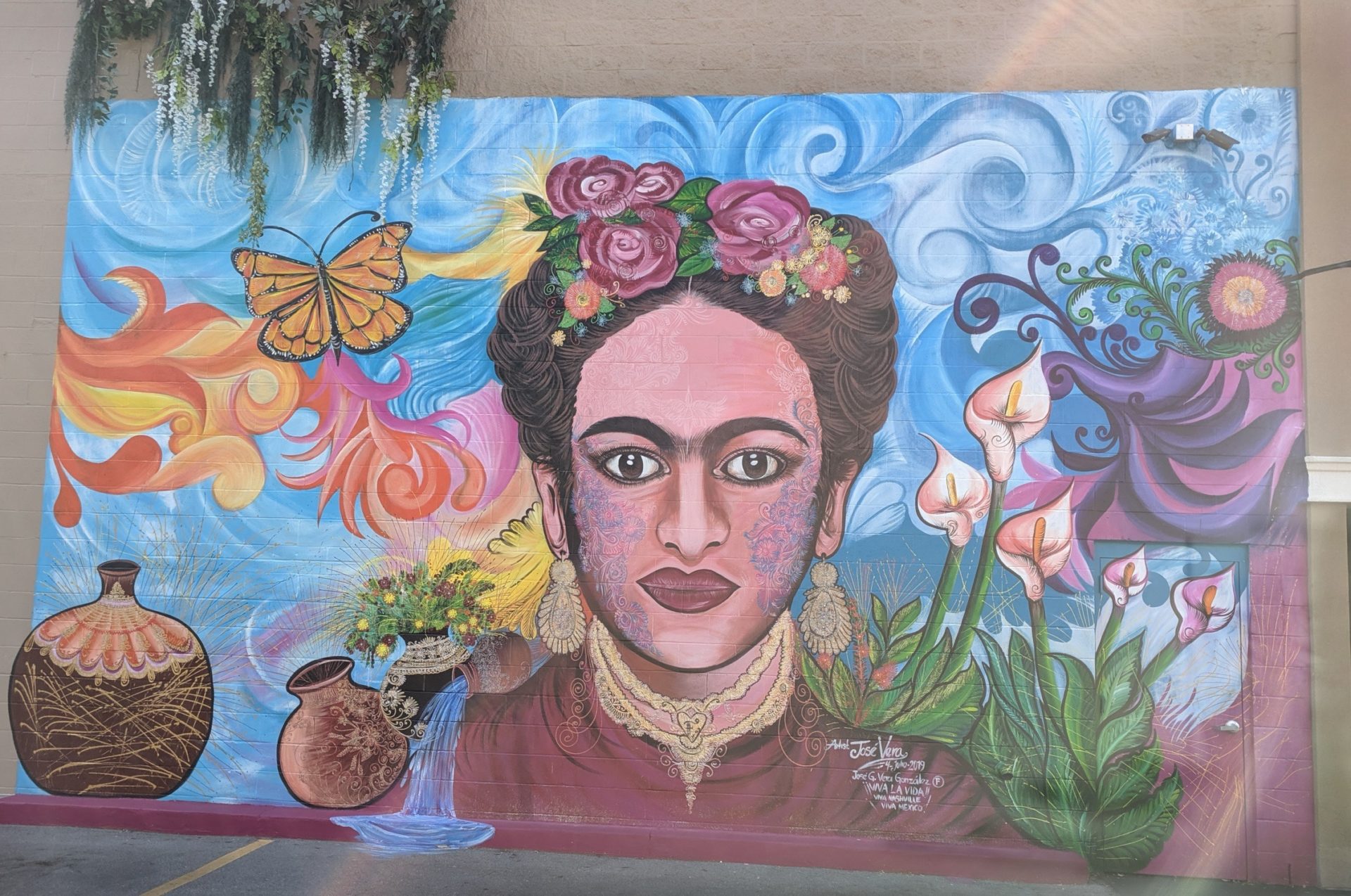 Nolensville Pike, south of downtown Nashville, is known for being one of the most multicultural parts of town. Mexican taquerias are next door to Indian markets, Middle Eastern restaurants, and Korean churches. There are ten international markets in a three mile stretch alone. Back in 2016, Nashvillians in this area were wild with curiosity as to what an abandoned Kroger building on Nolensville Pike would become when construction began on the site. The Plaza Mariachi opened on May 12th, 2017 to great fanfare, and it has grown to be wildly popular. Looking at it from the outside, one might walk in expecting a
Nolensville Pike, south of downtown Nashville, is known for being one of the most multicultural parts of town. Mexican taquerias are next door to Indian markets, Middle Eastern restaurants, and Korean churches. There are ten international markets in a three mile stretch alone. Back in 2016, Nashvillians in this area were wild with curiosity as to what an abandoned Kroger building on Nolensville Pike would become when construction began on the site. The Plaza Mariachi opened on May 12th, 2017 to great fanfare, and it has grown to be wildly popular. Looking at it from the outside, one might walk in expecting a
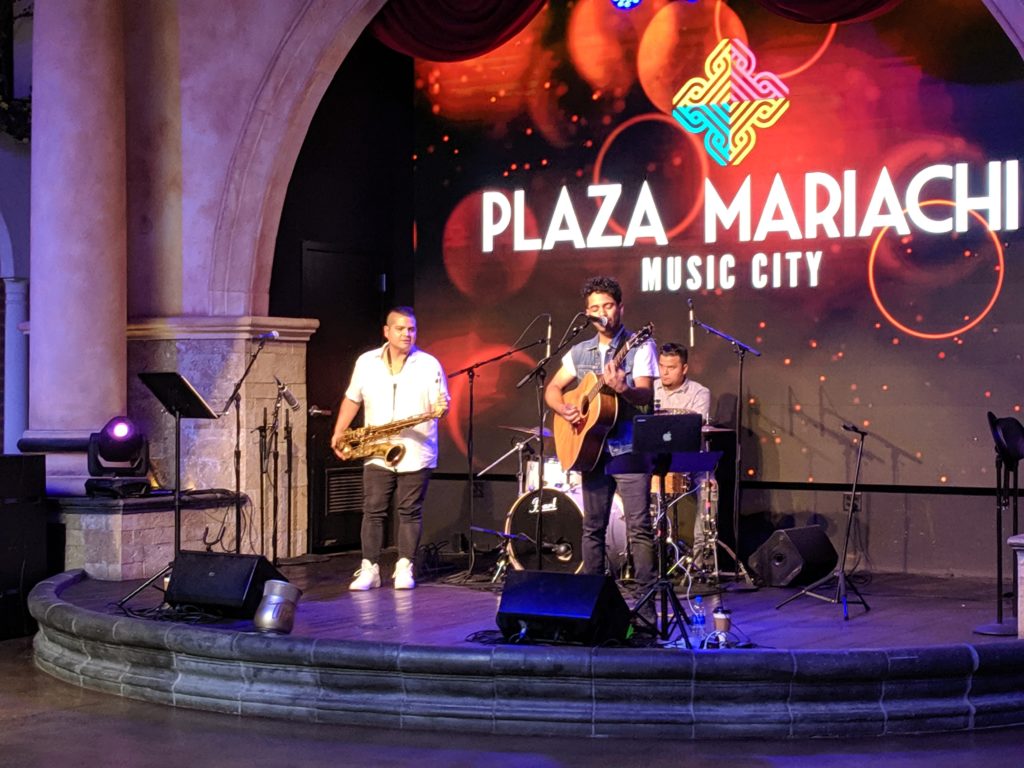
typical shopping mall. But when you step inside, you are instantly transported to a Latin American market with enticing food stalls around a central food court, and little streets lined with shops carrying everything from folk crafts to the most Gorgeous quinceañera dresses imaginable.
The tactile design of the space is remarkable, with different business fronts sporting tile, thatching, adobe, stained glass, and mosaic, many with flowering vines gracefully overflowing from the roofs. While the space feels like an open air plaza, it is in fact the renovated Kroger; the airiness is provided by three enormous skylights that give the food court a sun dappled feeling. Depending on the time of day and day of the week, your journey might be accompanied by a flamenco guitar, violin, or a full Mariachi band, who perform on a stage while people wander by eating paletas (Mexican popsicles that shame all other popsicles), street corn, or all other manner of tasty treats.+
A recent visit to the Plaza Mariachi allowed this reviewer to take a look at the breathtaking new mural of Frida Kahlo on the side of the building, and nab a pico de gallo paleta (it might sound odd, but was utterly delicious) before settling in to enjoy some music. The Gustavo Guerreo trio, featuring Gustavo Guerreo on guitar and vocals, backed by drums, sax, and flute, provided a heady counterpoint to the paleta. The band was tight, the energy on stage was contagious, and Guerreo’s charisma and supple voice charmed the audience with his original songs- a stylistic blend of Latin jazz and folk music- and the occasional Beatles cover in equal measure.
Speaking to Guerreo after his set was a treat, as he is a young man with the skill of instantly putting one at ease, and making it seem as though you have been friends for years. Guerreo hails from Honduras, but spent much of his later childhood and teen years in North Carolina. He is a passionate advocate for DREAMers; his bilingual cover of John Lennon’s “Imagine,” recorded with Youtube sensation Alex G., was chosen by the Democratic National Committee to be part of their fight for the DREAM Act in 2017. It’s a beautiful video, you can check it out here:
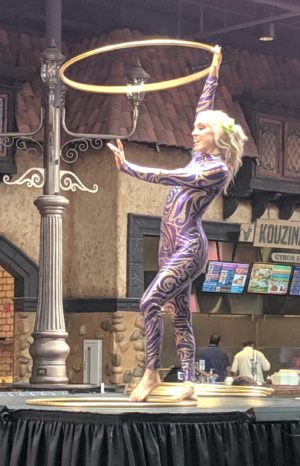
Guerreo’s set ended, and two women in sparkly unitards from the Nashville circus group Beyond Wings took to the air, in a very literal sense. Plaza Mariachi has two sets of aerial silks installed in the center of the food court, and these ladies performed a breathtaking routine 30 feet above the diner’s heads. One of the women, Grace Good, is also an accomplished hula hooper and performed a dynamite hooping routine, finishing with seven hoops undulating around
various appendages.
Live music can be heard daily, and circus performances are weekend staples, but the fun doesn’t end there. The Plaza Mariachi boasts salsa dance nights, Mexican folk dancing, karaoke, and trivia nights. Sometimes it transforms into a latin dance club, other times a wrestling ring is installed and patrons can enjoy Lucha Libre (Mexican wrestling) while they eat. Not to mention there are slamming lattes and equally slamming margaritas available, depending on your mood.
Scanning the crowd, one gets the impression that the Plaza Mariachi is part Hispanic community center, part Hispanic ambassador ship to Nashville. The majority of the patrons are indeed of Latinx origin or extraction, but the atmosphere is welcoming to those from outside of that community. Families, couples, groups of “girls night out-ers,” and highschool kids that primarily hang out at the arcade (did we forget to mention the arcade? Yes. They have one.) co-exist peacefully and pleasantly. Every color of humanity is represented, because who in their right mind doesn’t appreciate delicious food, beautiful music, and circus babes in an idyllic setting?
For more information about the Plaza Mariachi, please visit https://plazamariachi.com/ . To hear more of Gustavo Guerreo’s story and music, please visit https://www.gustavoguerreromusic.com/ , and subscribe to his YouTube channel https://www.youtube.com/user/GustavoGuerreroMusic . To learn more about the Beyond Wings circus company, please visit https://beyondwings.webs.com/ .
Coming September 20-22 at TPAC
Nashville Ballet: Romeo and Juliet
Choreography and direction by Paul Vasterling
Fight direction and choreography by Tim Klotz
Music by Sergei Prokofiev
Live music performed by the Nashville Symphony
William Shakespeare’s star-crossed lovers return to the stage to open Nashville Ballet’s season. The most iconic love story ever told, Romeo and Juliet sweeps audiences away in a whirlwind of forbidden passion and swoon-worthy romance. Featuring action-packed fight scenes and lush period costumes, this timeless and theatrical production whisks audiences to the streets of fair Verona as the Bard’s famous tragedy unfolds. Forbidden passion, action-packed fight scenes, and swoon-worthy romance whisk audiences away as the timeless story of Shakespeare’s star-crossed lovers unfolds this September 20-22.
https://www.youtube.com/watch?v=3dhGCAKEgT0&feature=youtu.be
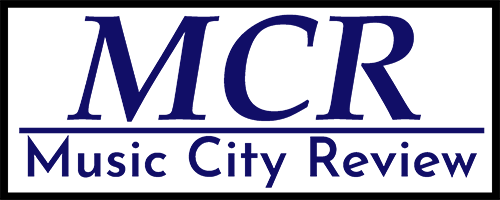
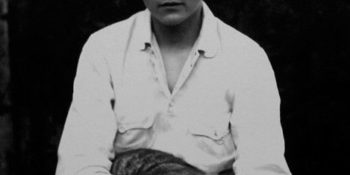
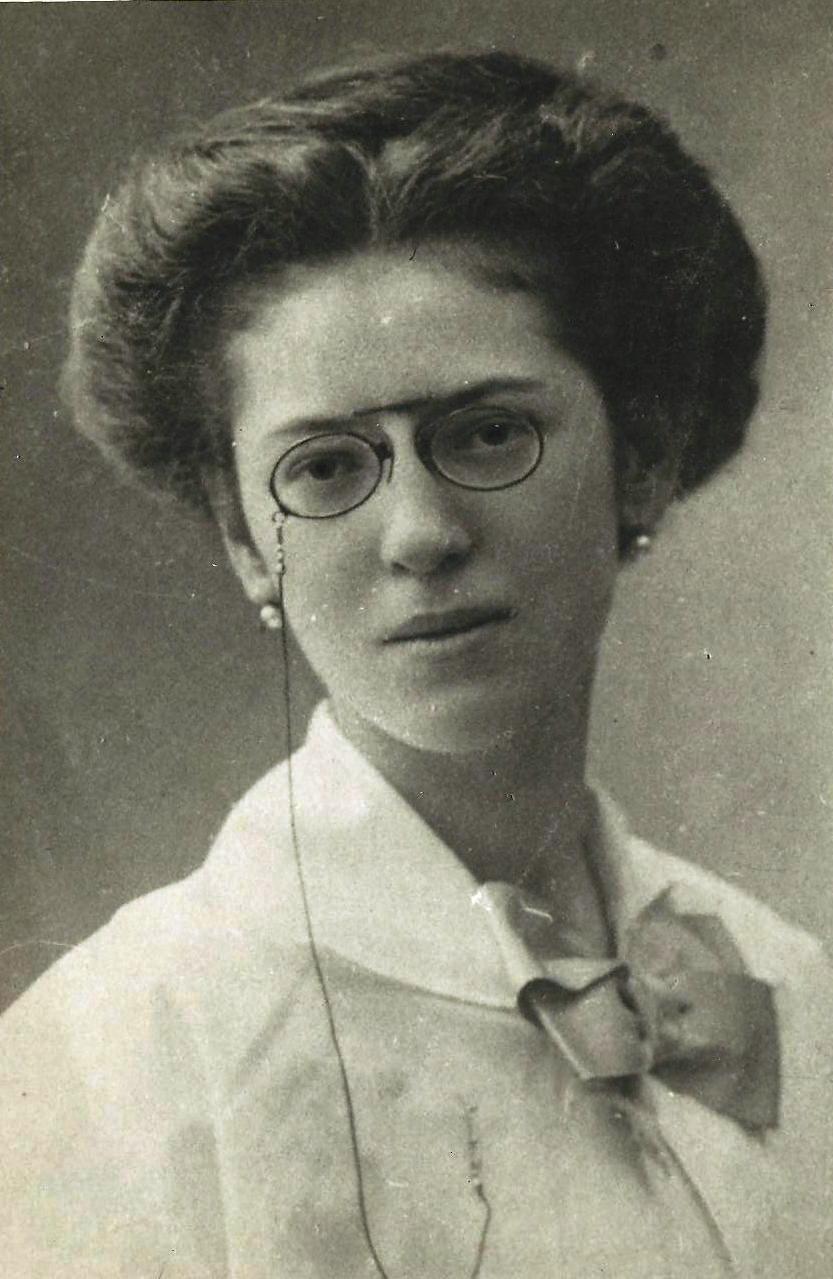
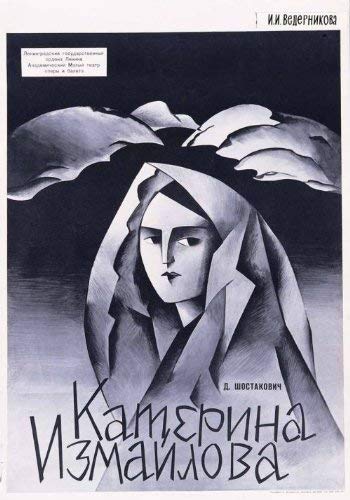
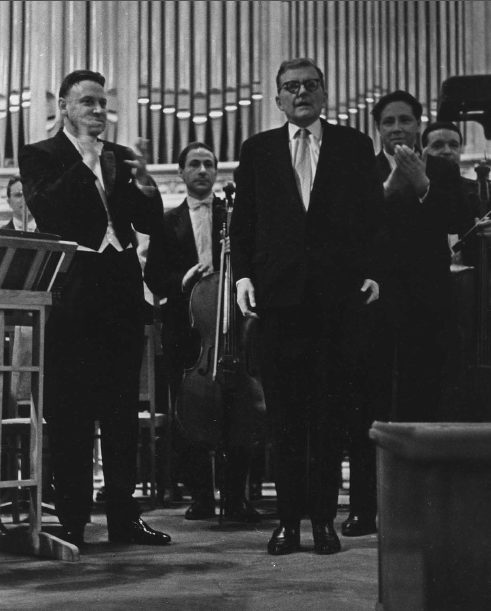
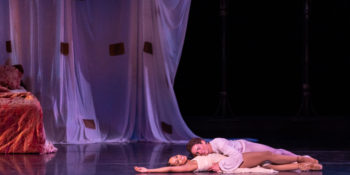
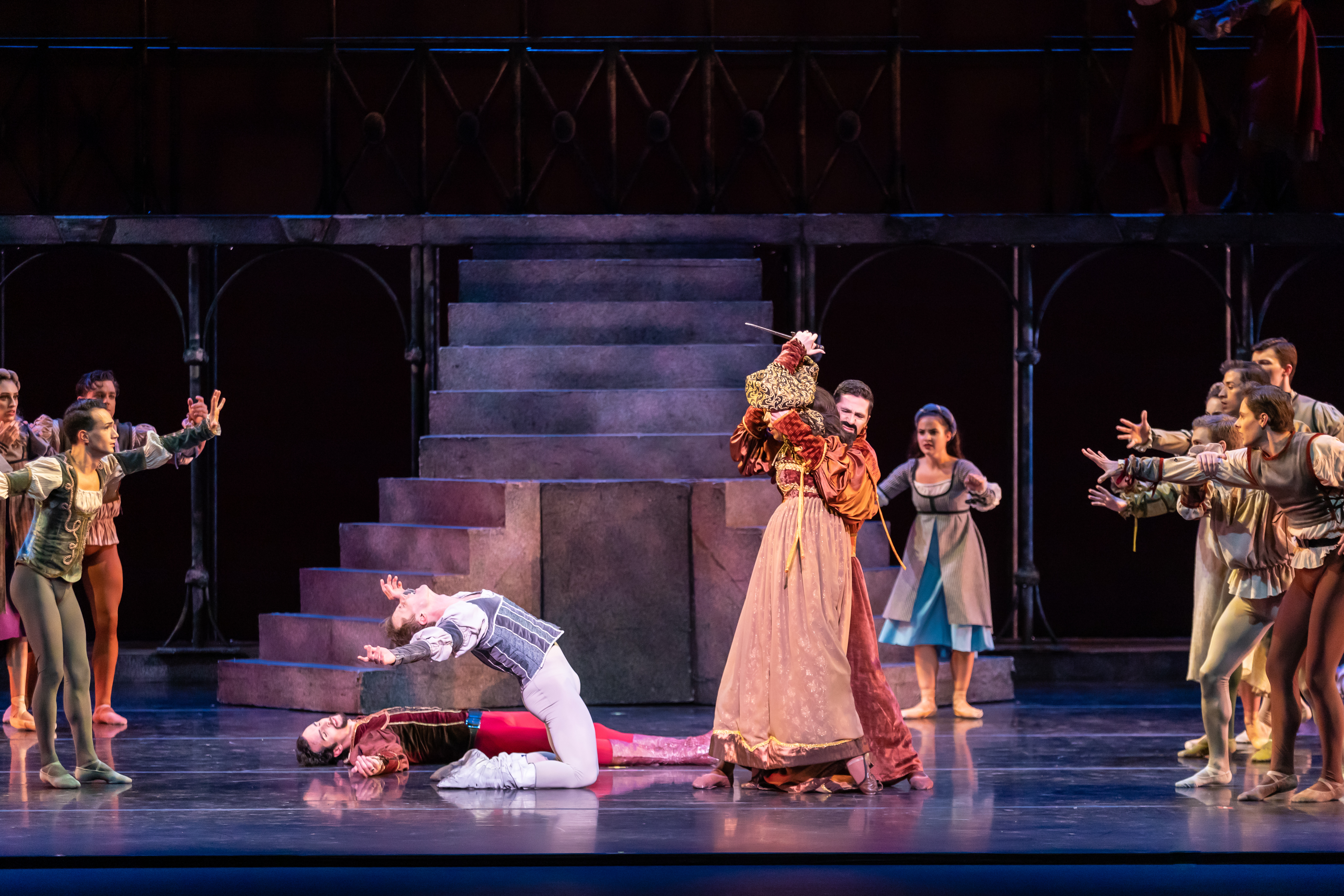
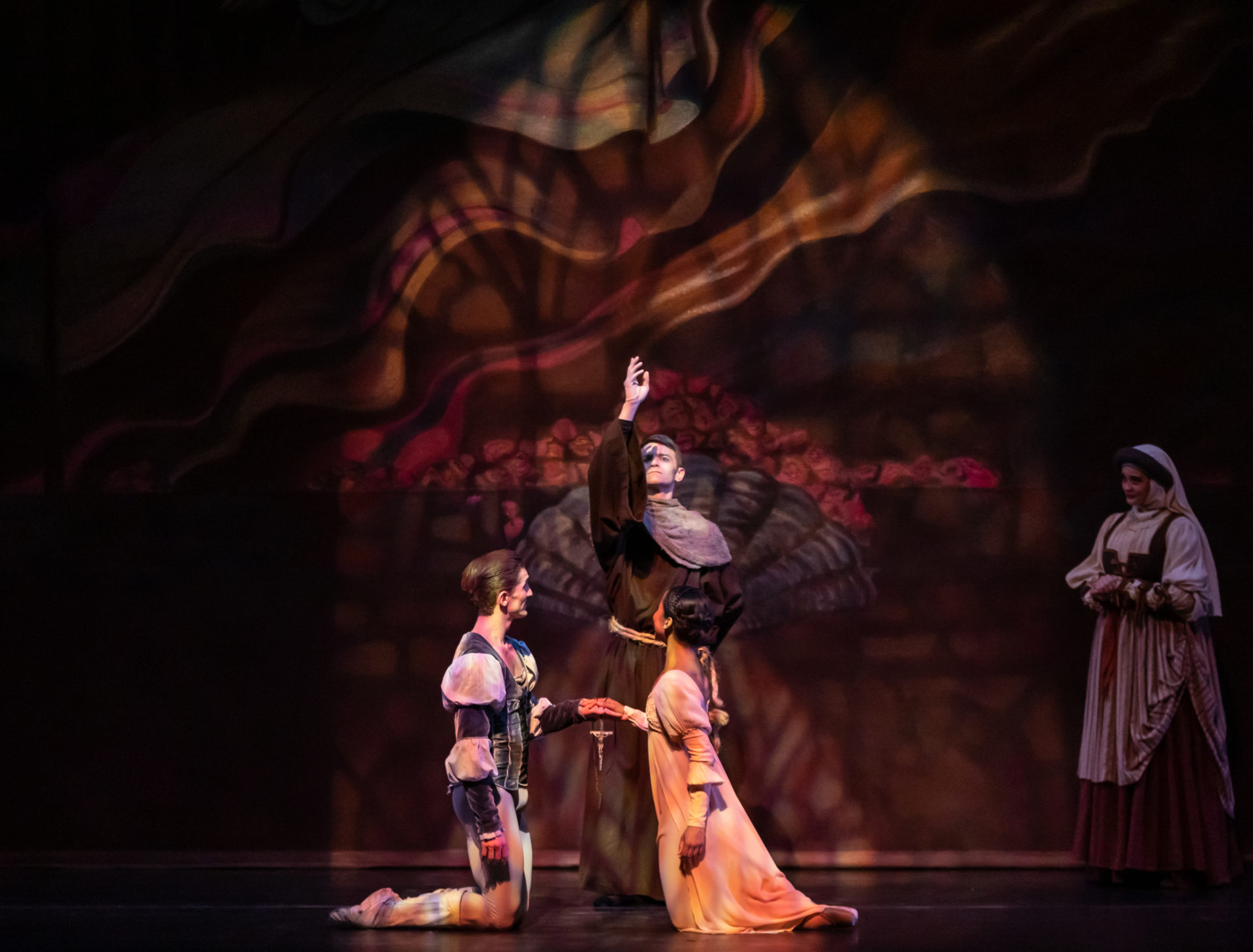
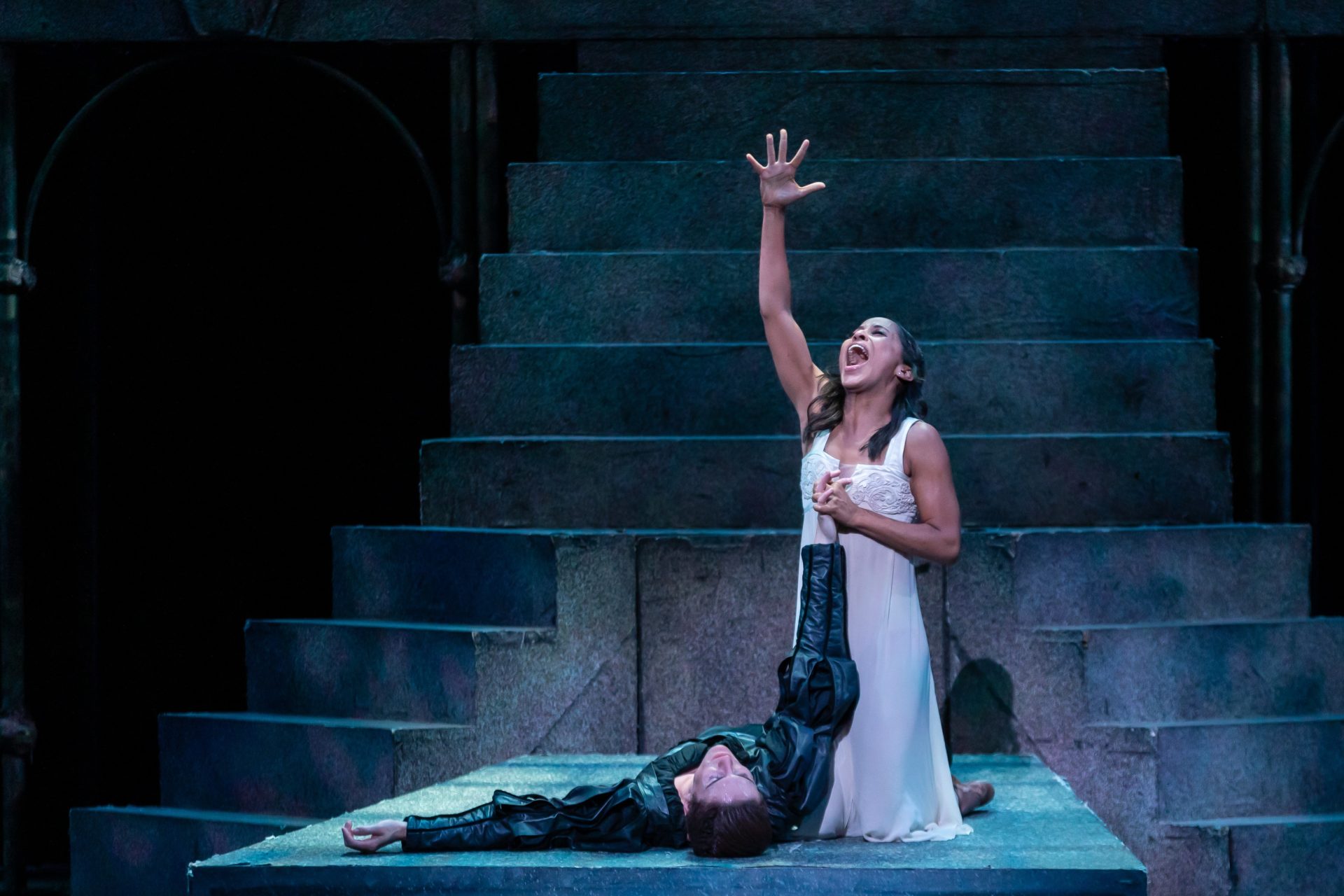
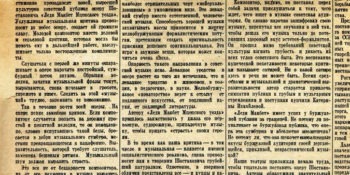
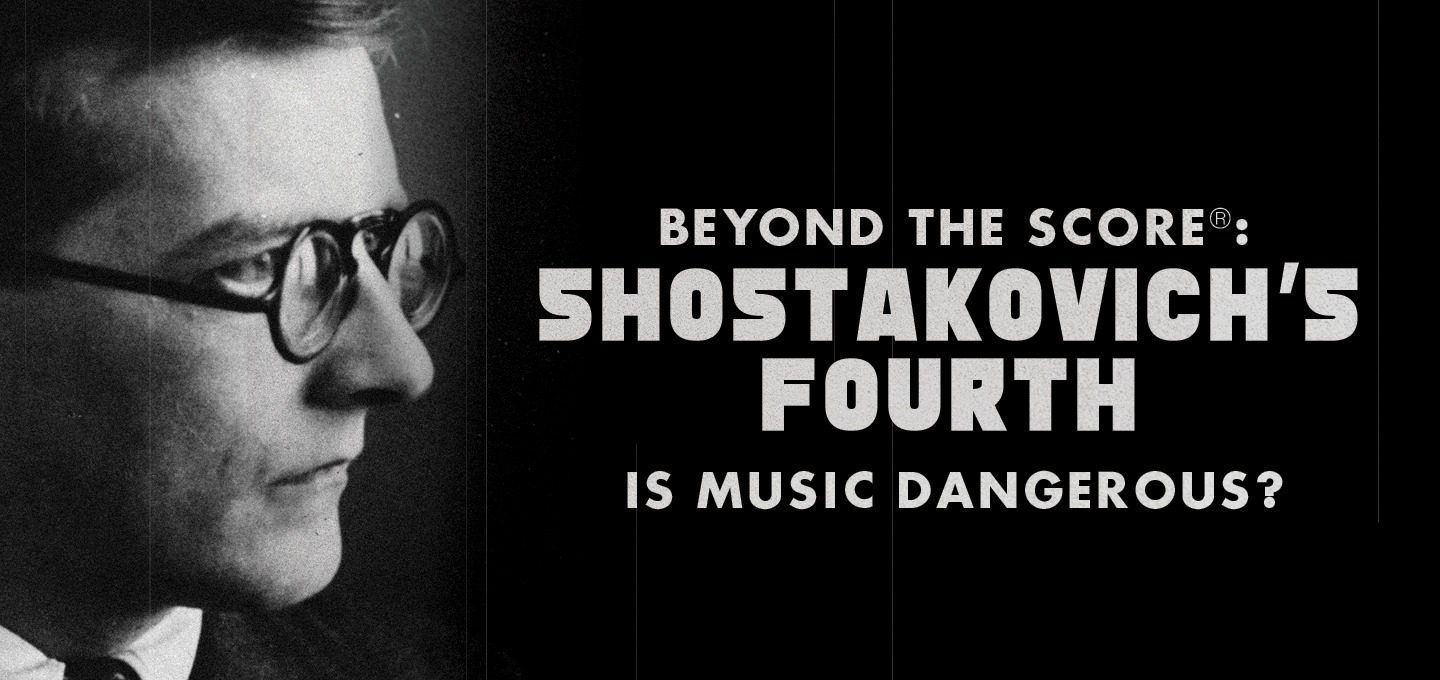
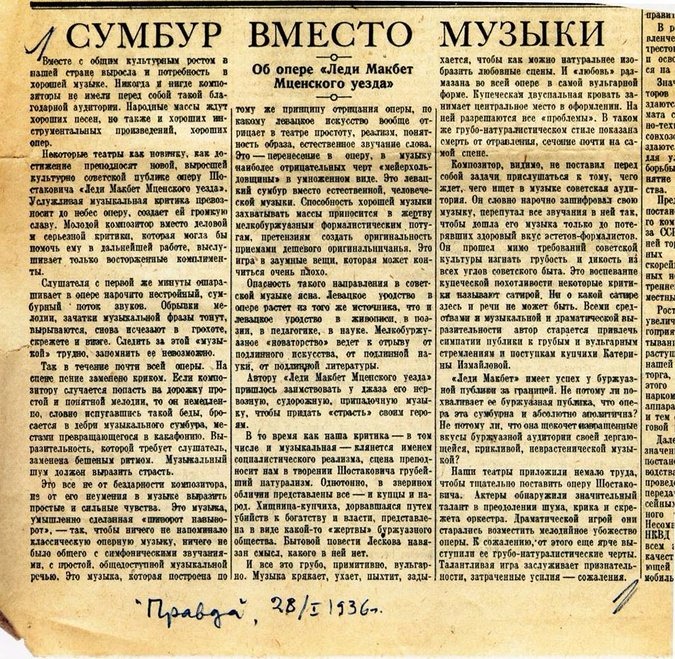
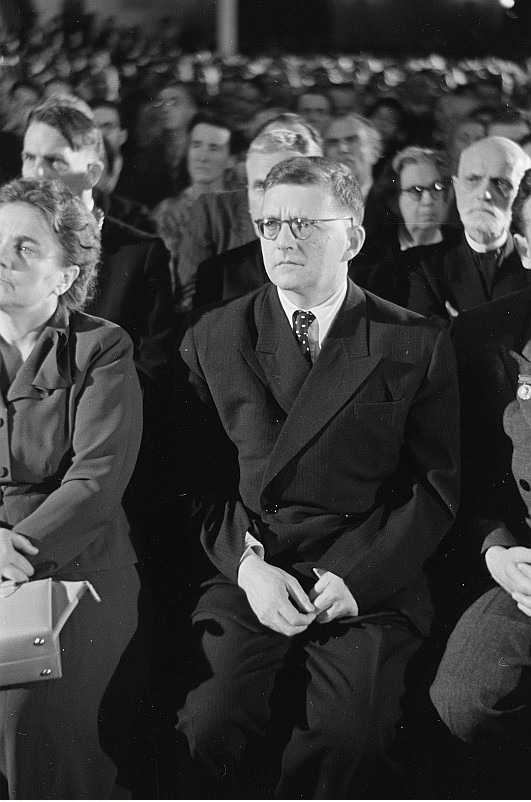
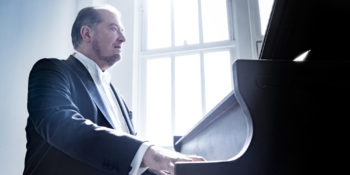
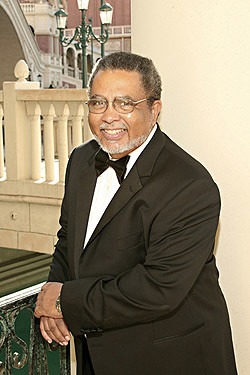
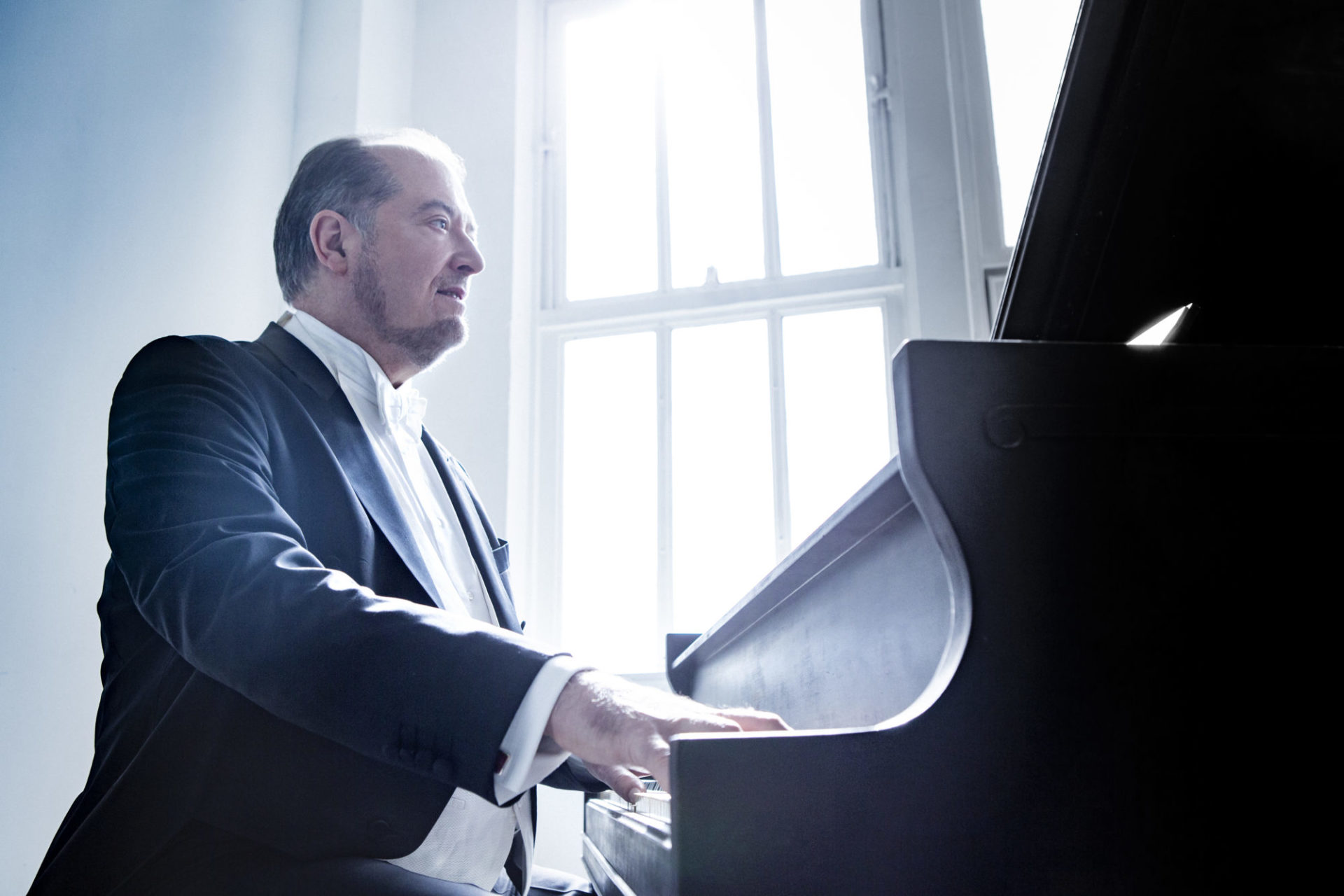


 late night snack on the way home. There I was extremely lucky to catch a set from the New York based Jonathan Kreisberg Quartet. Their interpretation of standards like Wayne Shorter’s “Fee Fi Fo Fum” or Vernon Duke’s “Autumn in New York” were both transcendent and intimate—Kreisberg’s back phrasing on the latter channeled Billie Holiday. This autumn Rudy’s will feature a wonderful collection of local and visiting names. Coupled with the daily jazz available at Skull’s Rainbow Room, the Jazz Workshop or even the City Winery where the Tennessee Jazz and Blues Society’s Great Albums Series continues with a performance of Thelonious Monk’s classic LP Misterioso on Sunday, jazz too continues to thrive in the Music City.
late night snack on the way home. There I was extremely lucky to catch a set from the New York based Jonathan Kreisberg Quartet. Their interpretation of standards like Wayne Shorter’s “Fee Fi Fo Fum” or Vernon Duke’s “Autumn in New York” were both transcendent and intimate—Kreisberg’s back phrasing on the latter channeled Billie Holiday. This autumn Rudy’s will feature a wonderful collection of local and visiting names. Coupled with the daily jazz available at Skull’s Rainbow Room, the Jazz Workshop or even the City Winery where the Tennessee Jazz and Blues Society’s Great Albums Series continues with a performance of Thelonious Monk’s classic LP Misterioso on Sunday, jazz too continues to thrive in the Music City.
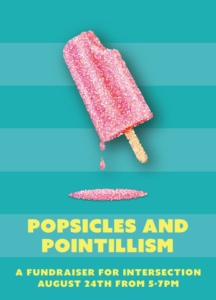 POPSICLES & POINTILLISM is a fundraiser for Intersection with live music, small bites, art creation, drinks, and a tour of the Clay Lady campus. Join us for this fun, casual, family friendly event supporting Intersection! We’ll have popsicles and live music from Intersection musicians along with creative activities. You’ll hear the news about our upcoming sixth season – ACTION. Guests will also be able to take a tour of the
POPSICLES & POINTILLISM is a fundraiser for Intersection with live music, small bites, art creation, drinks, and a tour of the Clay Lady campus. Join us for this fun, casual, family friendly event supporting Intersection! We’ll have popsicles and live music from Intersection musicians along with creative activities. You’ll hear the news about our upcoming sixth season – ACTION. Guests will also be able to take a tour of the 
